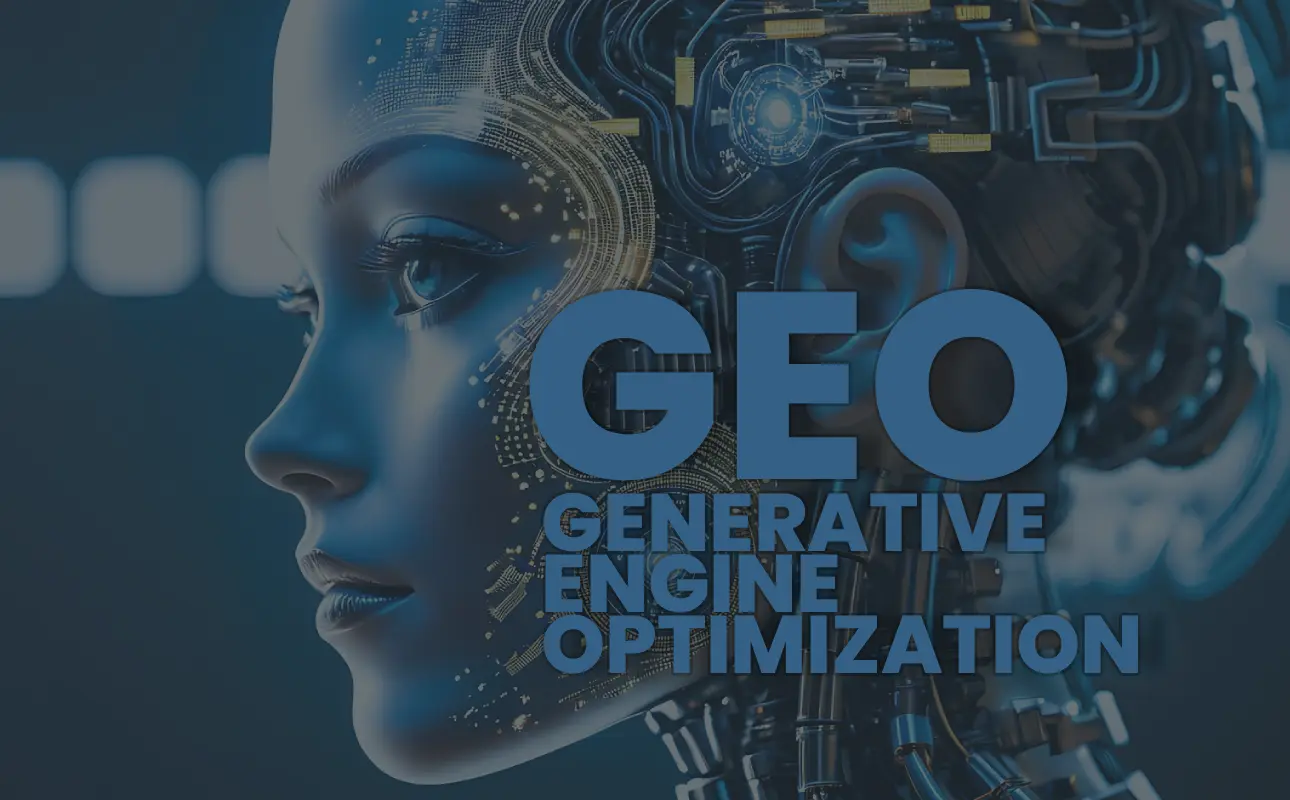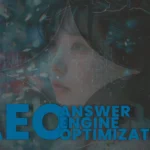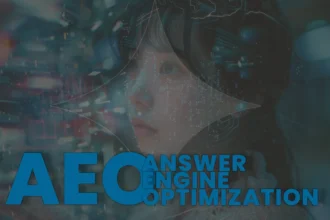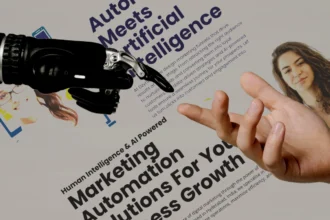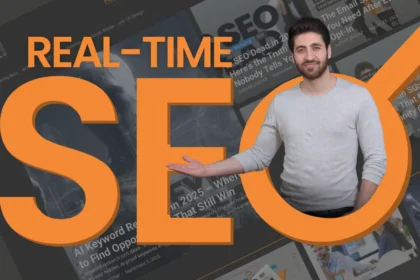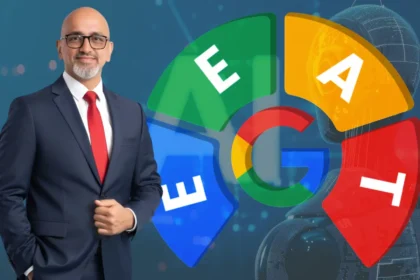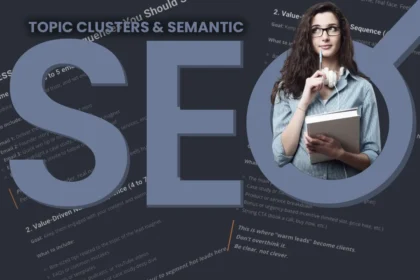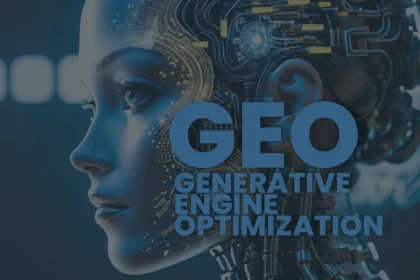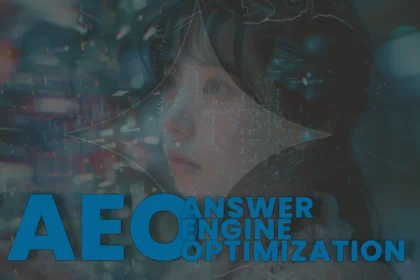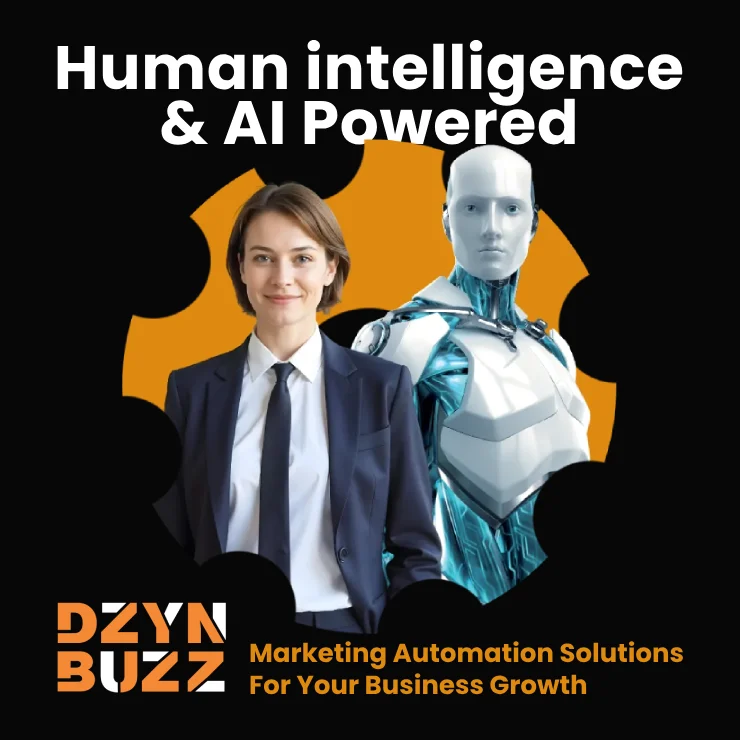If Answer Engine Optimization (AEO) is about being the answer in Google SGE and Bing Copilot, then Generative Engine Optimization (GEO) is about being the source. In 2025, millions of people are using ChatGPT, Gemini, Claude, and Perplexity to research, compare, and even shop. These generative engines don’t just show links — they summarize and cite trusted sources.
The challenge? If your content isn’t included in those summaries, your brand becomes invisible. This is where Generative Engine Optimization (GEO) comes in.
In this blog, we’ll cover:
- What GEO is and why it matters in 2025
- How it differs from traditional SEO and AEO
- Practical strategies to win citations in AI-generated content
- A case study of brands already winning with GEO
What is Generative Engine Optimization (GEO)?
Generative Engine Optimization (GEO) is the process of optimizing your content so that AI-powered generative platforms like ChatGPT, Gemini, and Perplexity can reference, summarize, and cite your brand in their responses.
Where AEO is about direct answers, GEO is about narratives and context.
Example: A user asks ChatGPT, “What are the best AI SEO tools in 2025?”
- ChatGPT doesn’t list all websites.
- It generates a summary: “According to Ahrefs, Surfer SEO, and HubSpot, the best tools for 2025 are…”
If your brand isn’t part of that sentence, you don’t exist in that user’s world.
“AEO makes you visible in answers. GEO makes you trusted in conversations.”
Why GEO Matters in 2025
Generative engines are quickly becoming the first stop for discovery.
- ChatGPT reportedly surpassed 180 million users by 2025.
- Perplexity is growing as the “AI-native search engine” with millions of monthly queries.
- Gemini integrates directly into Google’s ecosystem, merging search and AI.
For businesses, this means:
- Traditional SEO visibility is shrinking.
- Being cited by generative engines = authority + brand awareness at scale.
- GEO is now as important as traditional SEO was 10 years ago.
How GEO Differs from AEO and SEO
| Traditional SEO | Answer Engine Optimization (AEO) | Generative Engine Optimization (GEO) |
|---|---|---|
| Focus: ranking for keywords | Focus: being the direct answer | Focus: being cited in AI-generated summaries |
| Users click links | Users read instant answers | Users consume AI-written narratives |
| Backlinks = primary trust | Structure + schema = trust | Authority + semantic depth = trust |
5 Practical Strategies for GEO in 2025
1. Create Context-Rich Content
Generative engines pull from depth, not fluff. Go beyond definitions → provide examples, comparisons, and thought leadership.
2. Build Semantic Depth
Use related terms and concepts around your topic.
Example: A blog on AI keyword research should also mention intent, clusters, AEO, GEO, and tools.
3. Earn Citations Across the Web
AI models prefer to cite content that appears across trusted sources.
- Guest posts
- Mentions in industry publications
- Citations from thought leaders
4. Publish Original Data & Insights
Generative engines love unique, non-generic content.
- Share surveys, benchmarks, or case studies.
- Provide charts or statistics AI can summarize.
5. Strengthen Brand Authority (E-E-A-T)
- Real authors with bios
- Consistent publishing
- Trusted backlinks
Pull Quote: “GEO rewards depth, originality, and authority — not shortcuts.”
Case Study: HubSpot in ChatGPT
One brand that consistently shows up in ChatGPT responses is HubSpot.
Ask ChatGPT about “content marketing strategies”, and it often cites HubSpot as a reference. Why?
- HubSpot produces long-form, context-rich blogs.
- They publish original data and surveys.
- Their brand authority makes them a “safe” source for AI engines.
This is GEO in action: HubSpot didn’t optimize for keywords but they optimized for being the go-to source.
Your Action Plan for GEO in 2025
Here’s how to get started:
- Audit your top blogs ans see if they go beyond surface-level answers?
- Add semantic depth with related topics.
- Repurpose blogs into data-driven insights (stats, charts, mini-case studies).
- Build citations across the web like guest posts, partnerships, PR mentions.
- Refresh every 3–6 months to remain AI-relevant.
Or, let us help book a Free AI SEO Audit and we’ll identify your GEO opportunities.
Conclusion
The brands who adapt will dominate awareness in 2025. The ones who don’t? They’ll vanish from the AI-driven web.
The future of SEO isn’t just about being found but it’s about being trusted, cited, and referenced by AI engines that now shape the internet.
Generative Engine Optimization (GEO) ensures your brand becomes part of those AI-powered conversations.
“Reading about GEO is one thing. Seeing how to get your brand cited in ChatGPT and Perplexity is another.“

Want your brand to be cited in AI-generated content?
Download our AI SEO Playbook with practical GEO optimization tips.

